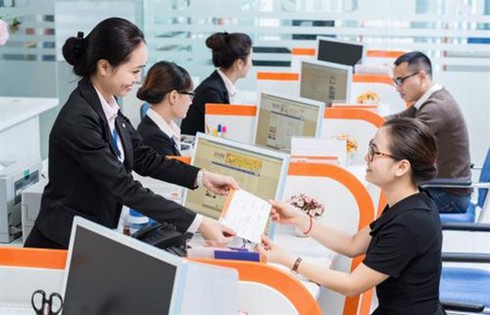Bank lending expected to get out of coronavirus doldrums soon
| |
| Credit growth is expected to improve significantly thanks to many proactive measures taken by the Government and central bank recently to revive the economy. (Photo cafef.vn) |
In the first three months, the rates had been 0.1%, 0.07% and 1.1% as the COVID-19 pandemic severely impacted various industries and their demand for funds.
Consumer demand and foreign trade were also badly hit.
The State Bank of Vietnam (SBV) said in the first quarter many businesses increased repayment of existing debts while not borrowing afresh.
Experts say the situation has been improving in the second quarter with demand from credit from businesses and inpiduals showing signs of increasing.
In Hanoi, total loans outstanding at credit institutions in May were estimated at VND2.163 trillion (US$94 million), representing a 2.4% increase for the year.
Credit growth is expected to improve significantly thanks to many proactive measures taken by the Government and central bank recently to revive the economy.
For instance, the SBV has cut benchmark interest rates, the latest occasion being on May 12 when the refinancing rate was reduced to 4.5% from 5%, the discount rate to 3% from 3.5% and the overnight inter-bank lending rate to 5.5%, from 6%.
Fitch Solutions experts forecast a further 50 basis point cut that would take the refinancing rate down to 4% and discount rate to 2.5% by the end of this year.
The cuts are likely to have a strong impact on the economy by encouraging banks to reduce their lending interest rates and boost demand for credit, experts say.
Besides, low deposit interest rates, especially for the short term, has helped and will help banks reduce their cost of funds further, giving a further fillip to lending interest rate cuts.
The Government recently gave a five-month extension for payment of taxes and land use fees for businesses hit by the pandemic, which come to an estimated VND180 trillion, benefiting 98% of firms in the country.
All these measures are expected to help increase the credit demand.
The Government’s policy of identifying public investment as the engine for economic growth, which has stalled due to the pandemic, has placed the focus on speeding up disbursement of public investment.
While other investment sources have slowed down, increasing public investment, planned at nearly VND700 trillion this year, should be useful in accelerating post-pandemic economic growth, thus creating more employment and increasing credit demand.
Though credit growth is expected to be only 9-10% this year compared to 13% last year, paradoxically some banks have nearly reached their full-year credit quota and are asking the central bank for more credit quotas as they have nearly reached the threshold.
VPB for instance has crossed 12% while it has a full-year quota of 13%.
Its CEO said the bank had turned its lending focus to customers less affected by the pandemic since the beginning of this year.
TPBank announced at its annual general meeting recently that its credit growth by the end of April was 11%, meaning it had only 0.5% left.
It is expected to ask the central bank to increase its limit to 15% this year.
HDBank’s loans outstanding at the end of the first quarter were worth VND162.06 trillion (US$6.9 billion), up 5.92% for the year, much higher than the industry average. It reported steady growth across all segments like inpidual customers, small and medium-sized enterprises and consumer loans.
It attributed the high growth rate to signing contracts with enterprises late last year.
Experts have warned that if these banks’ credit quotas for the year are not increased, they, the business sector and indeed the entire economy would face trouble.
Though exports are hit by the pandemic, the demand for investment and production of goods in the country remains high, meaning the demand for credit is still significant.
This year’s credit growth is likely to reach 9-10%, lower than the central bank’s 11-14% target, but any change is possible, they added.
Balance of trade, payments surpluses keep the VND steady
The COVID-19 pandemic has hit global trade hard, but some of Vietnam’s exports have escaped its worst effects, which has helped keep the VND-USD exchange rate steady.
In the first five months of the year Vietnam’s biggest export earners were processed and manufactured goods, of which 17 generated at least US$1 billion each.
Electronics, computers and accessories accounted for US$15.3 billion, a year-on-year increase of 22.1%. Exports of machinery, equipment, components, and tools reached US$8.5 billion, a 25% rise.
While several agricultural products saw a drop, coffee and cashew achieved slight increases.
According to the General Statistics Office, Vietnam’s total trade in the first five months was worth US$196.8 billion, a decrease of 2.8% against the same period last year. It enjoyed a surplus of US$1.9 billion.
This means there has been a substantial inflow of foreign currency, stabilising the exchange rate.
Since the end of last year the dollar rate at banks has appreciated by only VND92, or 0.24%.
Speaking about the influence of the yuan on the VND, experts said the depreciation of the Chinese currency has only had a marginal effect so far.
The confrontation between the US and China has shown no signs of ending, which could further depreciate the yuan, but the Chinese Government does not seem to have plans to sharply devalue the currency.
Meanwhile, Vietnam still pursues a strategy of keeping the exchange rate steady.
The country is also running a balance of payments surplus, which gives it a further cushion.
The VND is expected to escape volatility caused by external factors through this year.
Related News
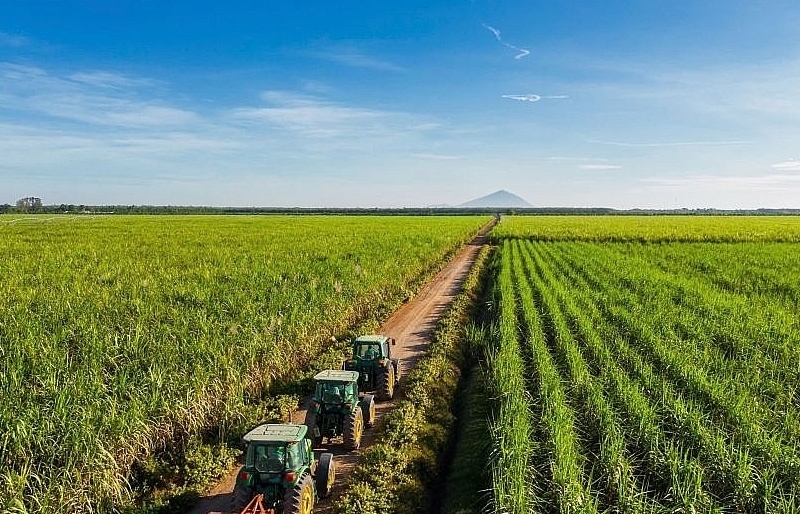
Untying the knot for green finance
11:08 | 23/12/2024 Finance
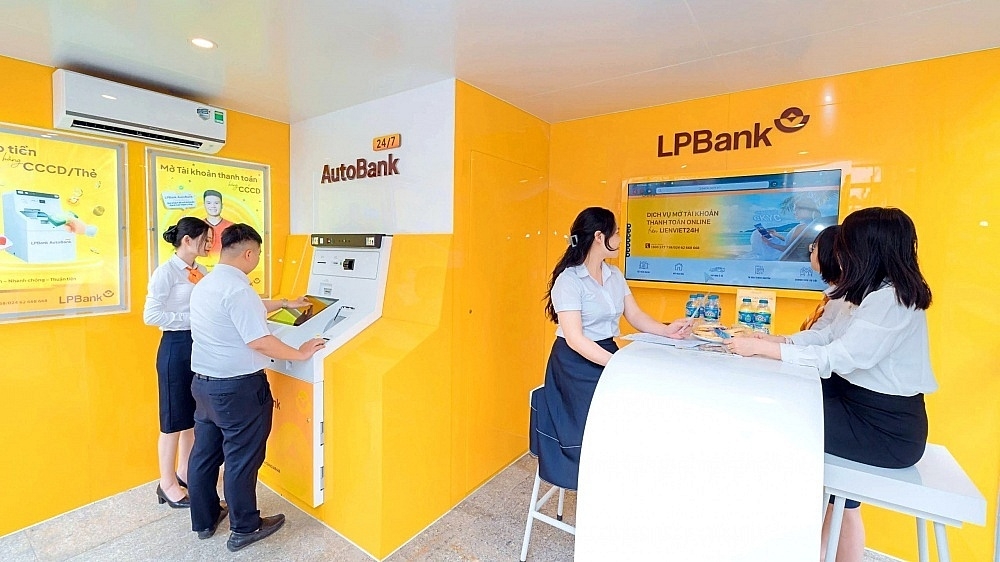
Banks increase non-interest revenue
10:51 | 23/11/2024 Finance

A “picture” of bank profits in the first nine months of 2024
09:42 | 19/11/2024 Finance

Stipulate implementation of centralized bilateral payments of the State Treasury at banks
09:29 | 29/10/2024 Finance
Latest News

Forecast upbeat for banking industry in 2025
14:30 | 27/12/2024 Finance

Ensuring financial capacity of bonds issuers
11:09 | 26/12/2024 Finance

Finance ministry announces five credit rating enterprises
14:54 | 25/12/2024 Finance
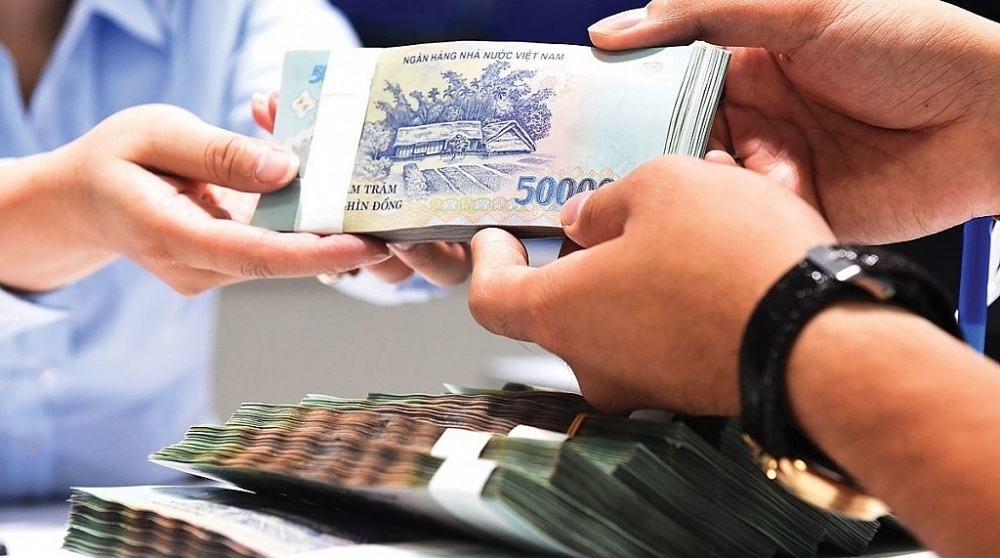
The capital market will see positive change
09:44 | 25/12/2024 Finance
More News

Corporate bond issuance value rises by 60 per cent
13:51 | 24/12/2024 Finance
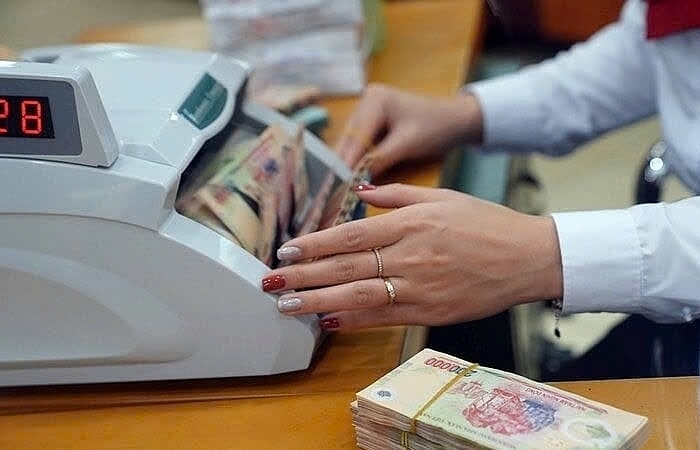
Slower mobilization than credit may put pressure on interest rates
09:02 | 24/12/2024 Finance

Fed’s foreseen rate cuts affect foreign exchange rate
14:12 | 23/12/2024 Finance
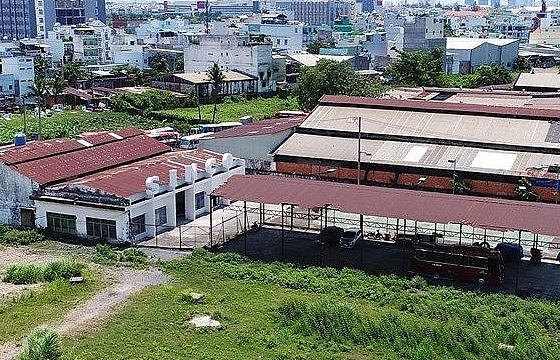
Ensuring efficiency and transparency in use and management of houses and land at State enterprises
13:54 | 22/12/2024 Finance
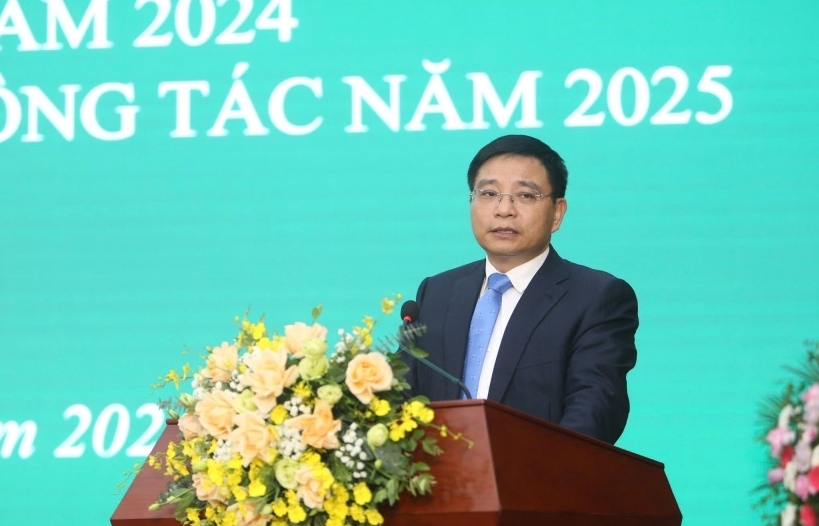
Vietnam's stock market to develop strongly and sustainably
19:08 | 21/12/2024 Finance

Tax sector achieves revenue target of about VND1.7 million billion
18:32 | 21/12/2024 Finance

General inventory of public assets raises efficiency of use and management of country's resources
09:29 | 20/12/2024 Finance
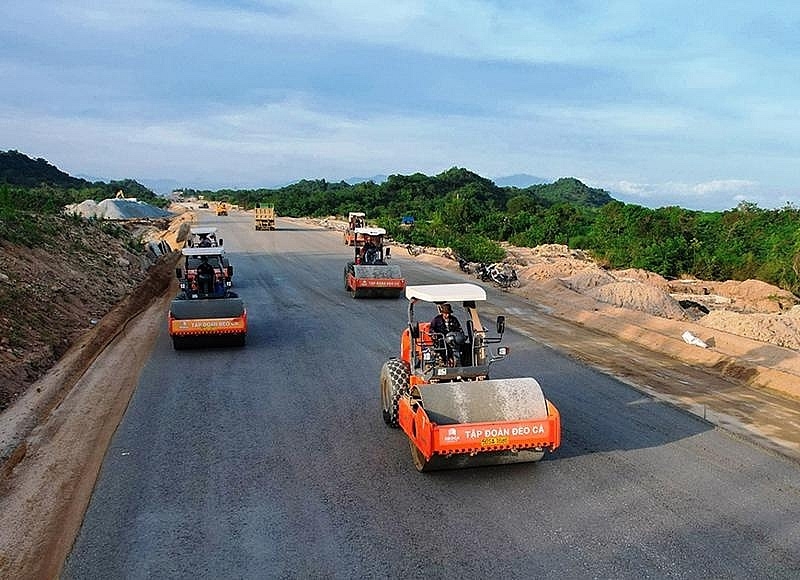
Publicizes progress of public investment disbursement for important national projects
15:21 | 19/12/2024 Finance

Six SOEs to be transferred back to industry ministry
15:38 | 18/12/2024 Finance
Your care

Forecast upbeat for banking industry in 2025
14:30 | 27/12/2024 Finance

Ensuring financial capacity of bonds issuers
11:09 | 26/12/2024 Finance

Finance ministry announces five credit rating enterprises
14:54 | 25/12/2024 Finance

The capital market will see positive change
09:44 | 25/12/2024 Finance

Corporate bond issuance value rises by 60 per cent
13:51 | 24/12/2024 Finance

